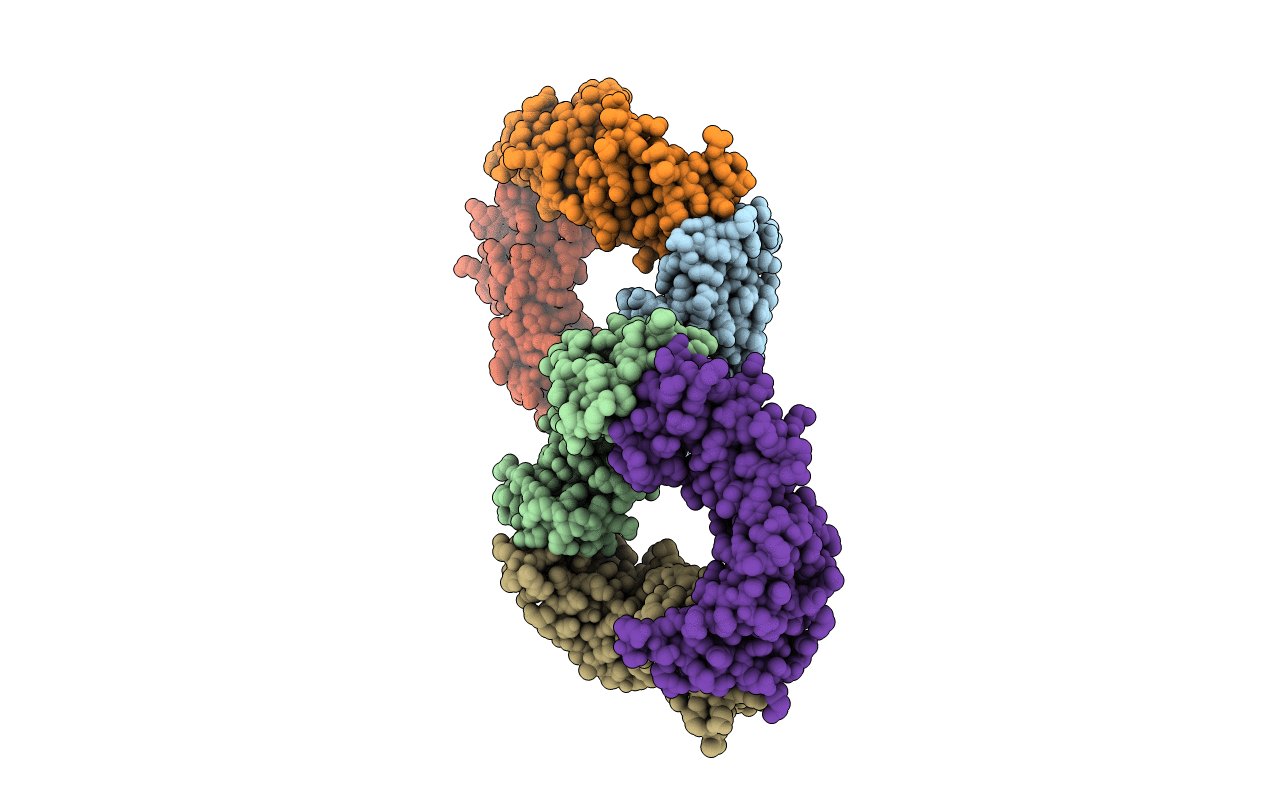
Deposition Date
2015-01-06
Release Date
2015-08-19
Last Version Date
2024-01-10
Entry Detail
Biological Source:
Source Organism:
Desulfovibrio magneticus RS-1 (Taxon ID: 573370)
Host Organism:
Method Details:
Experimental Method:
Resolution:
2.88 Å
R-Value Free:
0.22
R-Value Work:
0.20
R-Value Observed:
0.20
Space Group:
I 4


